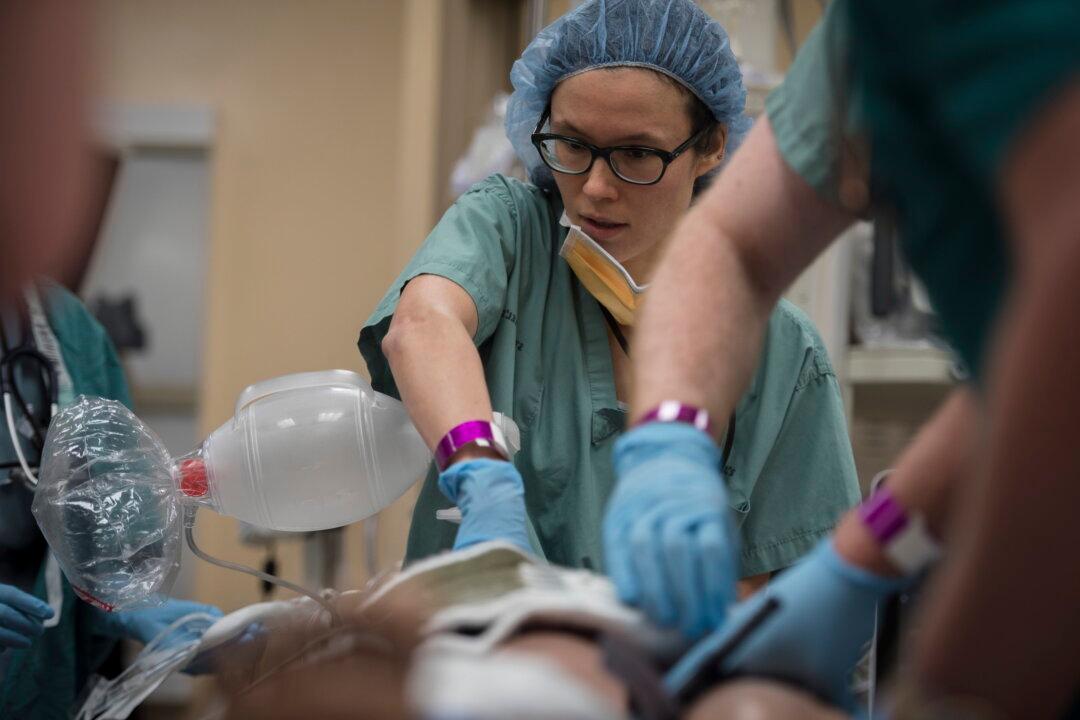Excessive wait times for medically necessary surgery and treatment cost close to $3.6 billion in lost wages and productivity in 2022, according to a new research report by the Fraser Institute, a non-partisan think tank.
“The Private Cost of Public Queues for Medically Necessary Care, 2023,” released May 9, evaluates only the hours lost during the average work week. It said an estimated 1.23 million Canadians were on waiting lists for medical treatment in 2022.





